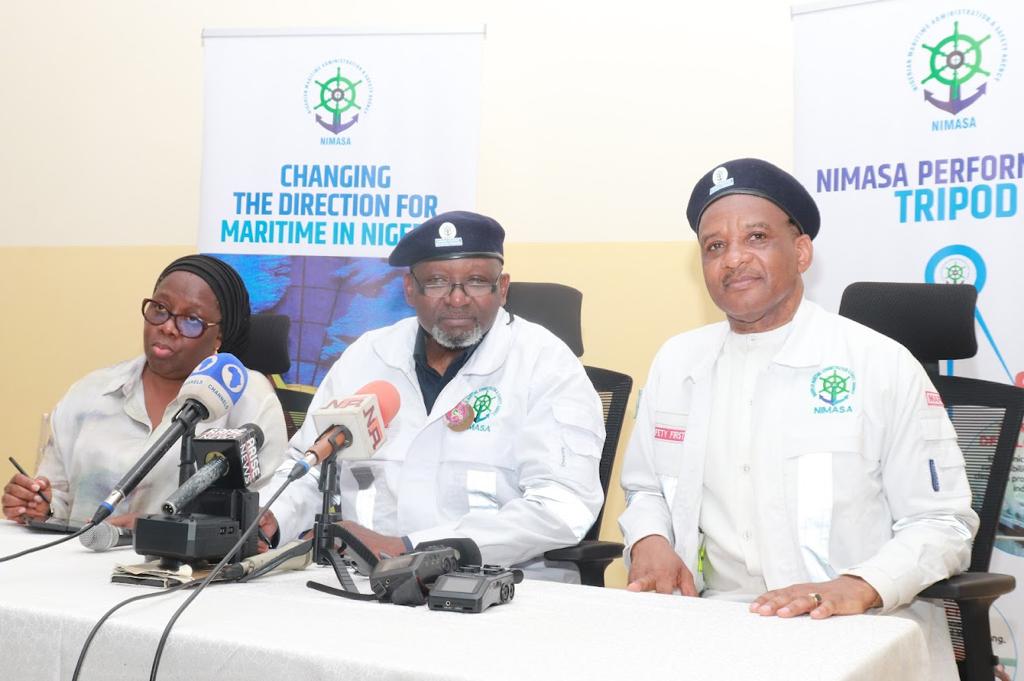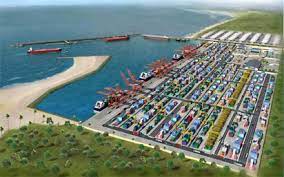…To become world longest at 44km after China’s 42.4km bridge
In his speech during the official flag off of Mr. Tony Nwoye’s All Progressives Congress (APC) governorship candidate campaign in Anambra, the Federal government represented by the Vice President, Prof Yemi Osinbajo announced that government has paid N2 billion mobilization fees to contractors for the commencement of work on the second Niger Bridge in Onitsha.
The project is being constructed under a Public Private Partnership (PPP) scheme. A Consortium JB-NSIA, is working on the project on the basis of Design, Build, Finance, Operate and Transfer (DBFOT), at a total cost of N108 billion. The Bureau of Public Procurement (BPP) reviewed the concessionaire’s cost of N138 billion down to N108 billion. The project phases will be constructed under Engineering, Procurement and Construction contracts awarded by the Federal Ministry of Works (FMW).
More important was his assurances that work on the project would be completed before the end of 2019.
He also assured that all projects embarked on by the Federal Government would be completed without exception including rail and federal roads.
According to the latest cost review, government said the bridge will be delivered at the cost of N108bn.
Before now, the Ministry of Power, Works and Housing said it had released fund for the construction of new link roads from both ends of Asaba and Nkpor in Anmabra State.
Recent site tour by Business Hilights showed that work is progressing by the handling company, Julius Berger Nigeria Plc.
An engineer who pleaded anonymity told our team that between November and mid next year, the project will see high speed as that is when tides will be low and rain disruptions will also be low for better speed.
Business Hilights recalls that the Second Niger Bridge was on the drawing board for many decades and had served as a campaign pivot for attracting votes from the South East during every presidential campaign starting from former president Obasanjo’s second term.
Successive administrations in the country paid lip service to its construction. It was President Goodluck Jonathan that flagged off the construction of the bridge and actual work started. To that extent, it is wrong to accuse Jonathan of lying to Ndigbo about the bridge. Jonathan thought that he would win a second term during which he could complete the bridge. But he lost the election. The history of the bridge cannot be written without mentioning him.
The project, which is divided into three phases, will bypass Onitsha and Asaba to connect the Owerri-Onitsha Expressway at Nkwerre-Ezunaka, and then cross Atani to the Asaba-Benin Expressway at Okpanam with a total length of 44 kilometres. With this length, the Second Niger Bridge will surpass the world’s longest bridge in China (42.4km), to become the world’s longest bridge!
It would be recalled that the first Onitsha-Asaba Niger Bridge was completed in December 1965. Built by the French construction giant Dumez, the bridge linked the defunct Eastern and Western regions of Nigeria.
Today, it is the major corridor of trade between the South-East, South-South, South-West and North-Central zones. At the time the bridge was conceived, Nigeria was mainly an agrarian economy. Thus, the bridge served as the avenue for transporting different agricultural products – palm produce, timber, rubber, etc. Prior to the construction of the bridge, these commodities were ferried across the River Niger between Onitsha and Asaba using canoes.
Due to rapid economic development and population growth, pressure began to mount on the bridge, especially during festive periods. The bridge has been overstretched beyond its capacity. There is apprehension that the bridge might collapse with catastrophic consequences to lives and property. To forestall such disaster, the idea of a Second Niger Bridge was conceived.
According to the adopted PPP arrangement, the Federal Government seems committed to contribute N30 billion (28%) of the project cost following its recent release of N2bn.
The remaining 72% will be raised by the Consortium under a 25-year concession. The Federal Government has so far committed N18.31billion. Out of this, N10.4 billion has been disbursed leaving a balance of N7.94 billion.
A team of local and international consultants was engaged through a rigorous and competitive procurement process. The NSIA has spent the sum of $2.21 million on consultancy and another $247,586 on due diligence to determine project viability. The first-class advisory services are required to enable the project reach financial close – the point at which private capital is successfully raised.
Findings by Business Hilights team showed that work has not stopped on the bridge; rather rainy season seems to have slowed activities.
Already, the contractor is being guided by the Environmental and Social Impact Assessment (ESIA) is being done to meet the highest international standards to make the project eligible for long-term financing by local and international financial institutions.
Besides, the Infrastructure Concession Regulatory Commission (ICRC) is reviewing the Full Business Case (FBC) and Draft Concession Agreement (CA). Once the ICRC approves the FBC, the CA will be signed and the Consortium will then raise the remainder of the project capital.
In all, barring any change of mind by core investors in the PPP who are expected to pump in about 72 per cent of the funding, the bridge may be truly delivered on schedule.









